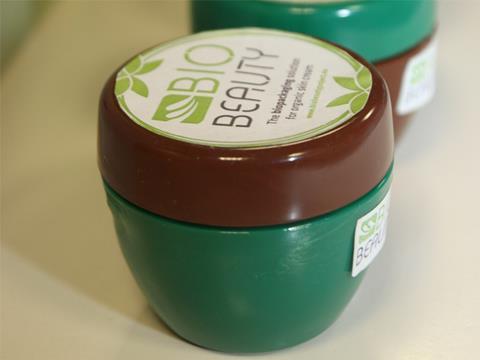
Toxicologists at Heriot-Watt University in Edinburgh have developed a new biodegradable packaging solution for the organic beauty market.
The material is made from polylactic acid (PLA), which can be obtained from renewable resources like corn starch or sugar cane and is reportedly compostable and biodegradable.
Regarding the chemical composition of the new material, Dr. Helinor Johnston, Associate Professor of Toxicology at Heriot-Watt said: “Polylactic acid (PLA) was selected as the plastic for the new packaging, but in order to improve the performance of this plastic and to increase the shelf life of the cosmetic product, we had to incorporate two different materials.
“We added nano clays, which improve the barrier properties of the product, and a rosemary extract which acts as an antioxidant to protect the cosmetic product from degradation.
“As toxicologists, we know that even natural ingredients like rosemary can be toxic in the right dose. At Heriot-Watt we tested the toxicity of the rosemary extracts and different types of nano clays to select the least toxic candidates for the final product, to ensure it is safe for consumers. We’re creating better ways to test products ethically. As part of this project, we used artificial skin to provide a more comprehensive assessment of how the packaging might react with the skin.”
The team believes that its new biopackaging has huge potential in the cosmetics market. Dr. Johnston said: “Brands that develop natural and organic products need packaging that aligns with their philosophy and consumer demand for more environmentally-friendly packaging that reduces waste.
“This is a huge opportunity for the industry to gain a competitive advantage - a recent survey showed that over 70% of European consumers would be willing to pay more for greener packaging.”

















